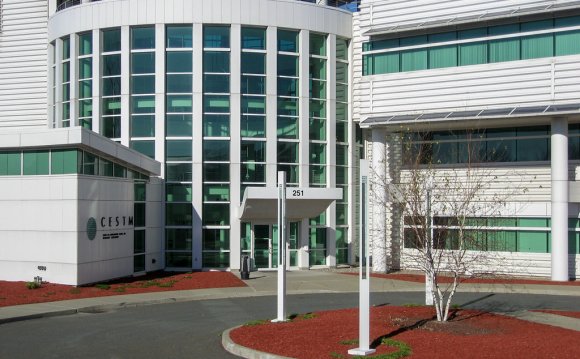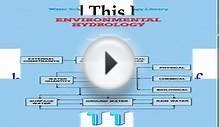
- Emissions of Ultrafine Particles and Volatile Organic Compounds from Commercially Available Desktop Three-Dimensional Printers with Multiple Filaments
Environmental Science & Technology
Azimi, Zhao, Pouzet, Crain, and Stephens2016 50 (3), pp 1260–1268
Abstract: Previous research has shown that desktop 3D printers can emit large numbers of ultrafine particles (UFPs, particles less than 100 nm) and some hazardous volatile organic compounds (VOCs) during printing, although very few filament and 3D printer ...
- Microplastic Pollution in Table Salts from China
2015 49 (22), pp 7
Abstract: Microplastics have been found in seas all over the world. We hypothesize that sea salts might contain microplastics, because they are directly supplied by seawater. To test our hypothesis, we collected 15 brands of sea salts, lake salts, and rock/well ...
- Fullerol as a Potential Pathway for Mineralization of Fullerene Nanoparticles in Biosolid-Amended Soils
Environmental Science & Technology Letters
Navarro, Kookana, McLaughlin, and Kirby2016 (1), pp 7–12
Abstract: Although fullerenes could reach, and potentially adversely affect, the terrestrial environment via the reuse of biosolids, their fate in soil has not been well studied. This study examined the mineralization of fullerenes with drastically different ...
- Scalable and Continuous Water Deionization by Shock Electrodialysis
2015 2 (12), pp 367–372
Abstract: Rising global demand for potable water is driving innovation in water treatment methods. Shock electrodialysis is a recently proposed technique that exploits deionization shock waves in porous media to purify water. In this letter, we present the first ...
- Emissions of Nanoparticles and Gaseous Material from 3D Printer Operation
2015 49 (20), pp 3
Abstract: This study evaluated the emissions characteristics of hazardous material during fused deposition modeling type 3D printing. Particulate and gaseous materials were measured before, during, and after 3D printing in an exposure chamber. One ABS and two PLA (...
- Anaerobic Nitrogen Transformations in a Gold-Cyanide Leach Residue
2015 2 (12), pp 357–361
Abstract: Laboratory incubations of sediment collected from gold cyanidation heap leach residues revealed cyanide and nitrogen transformations that have not been previously documented in the absence of added organic carbon and under anaerobic conditions. Heap leach ...
RELATED VIDEO
![[PDF] Biochar for Environmental Management: Science and](/img/video/pdf_biochar_for_environmental_management_science.jpg)











